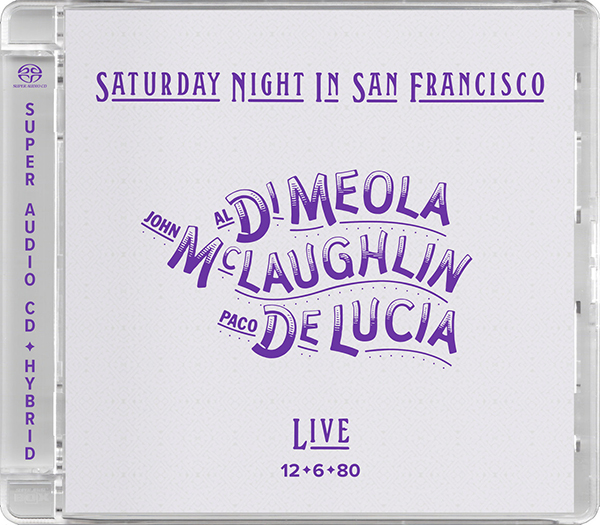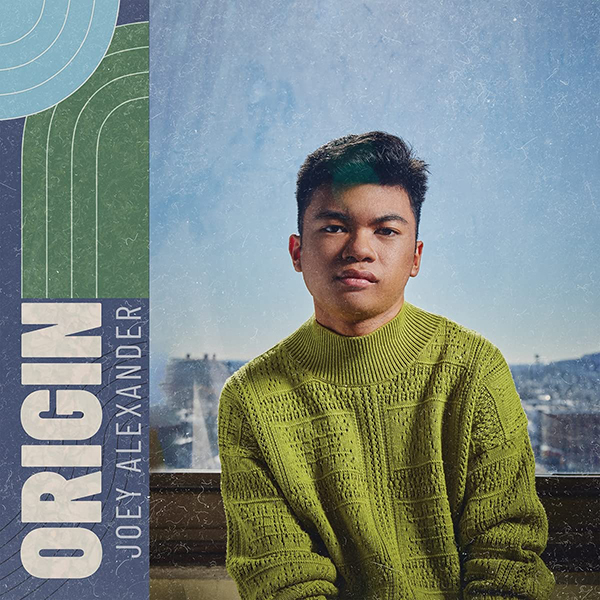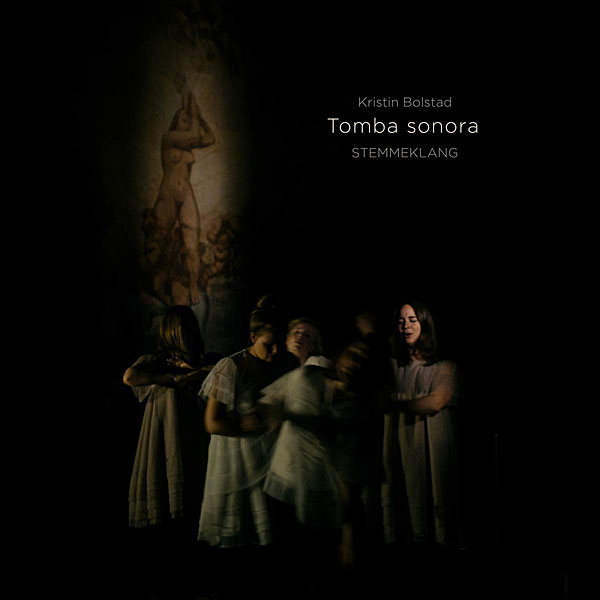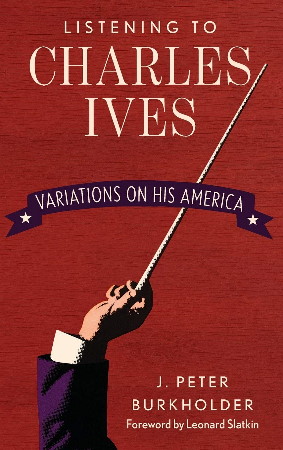Al DiMeola/John McLaughlin/Paco DeLucia: Saturday Night in San Francisco – Impex Records/SACD/2022.
Anyone who has any appreciation for the guitar, on even the most basic level, is aware of the album “Friday Night in San Francisco” featuring guitar masters Al DiMeola, John McLaughlin, and the late Paco DeLucia. These three amazing players (each simply playing on acoustic guitars with no other accompaniment) were recorded live on stage at The Warfield Theater in San Francisco on December 5th, 1980. The thing that made this recording so special was how these three talents, from fairly different backgrounds and playing styles, were able to improvise off each other’s playing so successfully to create some truly beautiful and powerful music. The crowd that evening obviously agreed and you can almost feel the energy between the audience and the performers as you get into the music. The resulting album garnered great appeal and admiration from across the rock, jazz, and classical guitar spectrum.
There was also a Saturday night show that had been recorded as well and the tapes from that live concert remained unheard and in storage all these years until very recently. Al DiMeola retrieved the tapes from his basement storage and began arrangements to have the Saturday night show released as a long overdue follow-up. The “Saturday Night in San Francisco” SACD I have has 8 tracks from that night’s show that are different from the tracks previously released on the “Friday Night” album so both albums flow into each other quite nicely. I have both an original Sony ‘Super Bit Mastering” CD of “Friday Night” (one of my earliest CD purchases) along with access to a high-res streamed version from Qobuz. The restoration, mixing and mastering quality of “Saturday Night” pay huge sonic dividends as it blows away the original “Friday Night” recording in almost every aspect for me. Listening to “Saturday Night” feels much more involving and immediate, as if I was much closer to the stage and more directly part of the crowd. “Friday Night” by comparison feels like I’m in a stadium box, farther back and separated from the action. “Saturday Night” also has a much fuller tonal balance so I’m able to experience much more of the intricacies of each performer’s contribution. The connection between the players and the crowd is far more palpable on “Saturday Night” as well. The included opening introduction by the promoter, the late Bill Graham was also a very nice touch. I’ve had the pleasure of seeing Al DiMeola play live in a theater venue recently. I could only imagine what it would have been like to be in the crowd on either of those nights in San Francisco listening to these three monsters play together. Speaking as a failed guitar student but an admirer of all forms of the instrument nonetheless, “Saturday Night in San Francisco” is a musical triumph and a fitting tribute to the memory of Paco DeLucia who is no longer with us.
Secrets Sponsor
Joey Alexander: OriginMack Ave Music Group, 2 LP and CD, 2022
I have no trouble saying that my Mother-In-Law turned me on to Joey Alexander a few years back with his 2015 album “My Favorite Things.” Besides having a great ear for jazz music, she bakes a mean snickerdoodle, but I digress. I’ve been happily enjoying Alexander’s piano playing ever since and his new release “Origin” is no exception. Beautifully recorded, it sees Joey Alexander augmenting his standard trio with a saxophone and guitar on four of the ten tracks. “Winter Blues” is an excellent example of the fleshed-out ensemble. The entire band sounds nicely spread out in front of me. The interplay between Alexander on the Fender Rhodes, Gilad Hekselman on guitar, and Chris Potter on tenor sax is a treat to listen to, exhibiting a great improvisational sense while still keeping a firm grasp on the melody. The exploratory/improvisational tack continues on tracks like “Rise Up” which has the band stretching out a good deal. However, there are still plenty of simpler trio moments on the album like “Promise of Spring” which is like a soothing balm to listen to, just sit back and let it wash over you.
Both the CD and the 2 LP set sound excellent for their respective formats. The 2LP set is pressed on snazzy “Sea Glass” colored heavy vinyl. The pressing quality seemed very good overall with barely any surface noise and no pops or clicks to speak of. Whichever format is your poison-of-choice, it’s hard not to like this latest release from the maturing piano prodigy.
Tomba Sonora a 2L Recording
Stemmeklang, vocals; Dag Øystein Berger, Erlend Habbestad, Katrine Pedersen, Vilde Alme, cello; Kristin Bolstad, composer.
2L 2L-155-SABD (SACD/MQA CD/Pure Audio Blu-ray; 24/44.1k MQA-encoded FLAC Tidal stream unfolded to 24/352.8k). 2019. Morten Lindberg, prod.; Morten Lindberg, Eng.
I have a little something different for you this time around. It’s an absolutely hypnotic recording called Tomba Sonora. It’s an amazing recording of a woman’s chorus with cellos on some tracks in absolutely phenomenal acoustics. It’s recorded in a mausoleum in the Emanuel Vigeland Museum in Oslo. It’s like nothing you’ve ever heard, and 2L has made a recording for the ages here.
One of the things I like about 2L discs is the variety of playback options you get. On this offering, there are 2 discs in the package. Disc 1 contains an SACD/CD. The SACD layer has a 5.0 presentation, and it can also function. As an MQA CD if you have the equipment for it. Disc 2 is the really interesting part of the package. There are MQA downloadable files, FLAC downloads, MP3 files, and a Pure Audio Blu-ray that features an ATMOS track.
The ATMOSs track is the killer. Played back on my home theater system I could hear voices from everywhere, while the acoustics in this recording space echoed from above, the sides, and the rear. It’s an astonishing recording, unlike anything I have ever heard. As 2L explains it the darkness, the low temperature, and the high humidity enhance one’s sensitivity to sound. The hard surfaces of the stone walls, unrelieved by any windows, reflect the sound from all directions and one feels enveloped by it – at times with an irresistible depth of feeling. The sound waves meet little resistance and only gradually decay between the hard surfaces – this gives a long and rich reverberation.
This is certainly the most immersive music experience I’ve had, and happily, it utilizes my multi-channel system along with the height channels.
It’s worth a look through the 2L catalog, as there are other ATMOS recordings too, and I applaud the versatility of the 2L offerings that give so many ways to enjoy the music in your own way and in the format you choose. Even the stereo version is spectacular.
You can check out the 2L catalog at www.2l.no/, or they are available online from the usual sources.
I think you’ll agree with me that the album is unforgettable, and not only a tremendous demo disc, but also something musically rewarding that you will listen to again and again.
Secrets Sponsor
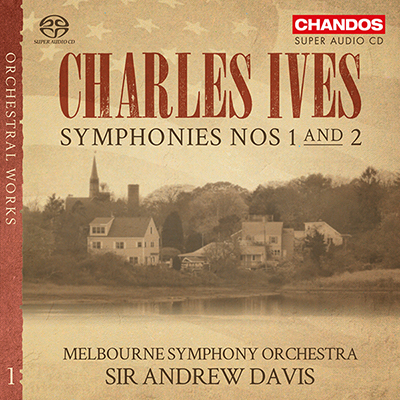 |
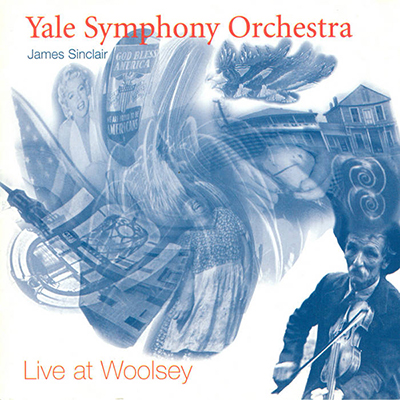 |
Charles Ives Symphony #2, Sir Andrew Davis, Melbourne Symphony Orchestra, 2015, Chandos CHSA 5152 [SACD]
We are approaching the 150th anniversary of Charles Ives’s birth (1874) yet his biography continues to be in flux. Over 10 books have been written about him over the last 60 years. The latest book is written for laymen, yet uncovers new material not found in earlier biographies. It is by Ives scholar, J. Peter Burkholder and is titled “Listening to Charles Ives.” It was published by Amadeus Press in 2021. I just got it and was inspired to write this piece on the best-recorded performances of the 2nd Symphony.
Ives graduated from Yale in 1898 with his 1st Symphony as his thesis. At that point, a US composer of such potential would go to Europe for additional training in the first quarter of the 20th century. Unfortunately, Ives father had died, and he lacked the money. He went to NYC to find work in business while continuing as a church organist until 1902 when he said he gave up music. He had just received bad reviews for his first major choral work.
Ives started writing Symphony #2, shortly after his marriage in 1907 ending a 7-year period where he composed little. Ives put the date of the work as 1902 claiming it was assembled from earlier works. Dating the paper of the drafts and handwritten score shows nothing was written before 1907. If it is based on earlier works, they were in Ives’s head. The Ives 2nd is the first truly American symphony with Copland and Hanson’s first symphonies to come 15 years later. The Copland and Hanson were early works by composers more than 20 years younger than Ives was and still on European scholarships that Ives never got the chance to go on. Despite the missing training, the Ives 2nd Symphony is a masterpiece regularly heard in the concert hall.
Ives had luck getting a major NYC orchestra under Walter Damrosch to do a private read of the professionally copied 1st symphony. Ives had a professional score of the 2nd produced in 1910 in the hopes the conductor would do it again, but it did not happen. Unfortunately, the copied score was never returned when Ives asked for it to be sent back.
Like the 1st Symphony, the 2nd follows models of the classical and romantic symphony models he learned at Yale. Unlike the 1st, he introduces hymns, dance tunes, and patriotic and popular songs he heard while he was growing up. They are not direct quotes. Biographer Gayle Sherwood Magee writes, “Ives dresses them up in a new suit, combs their hair, and restricts them to match the profile of a bona fide symphonic identity.” Biographer Jan Swafford writes, “Ives Second might have inaugurated the American school thirty years earlier, had he managed to get it heard”
Bernard Herrmann was close to Ives and had the 3rd movement of the 4th symphony performed with the CBS radio orchestra. He expressed interest in the 2nd symphony and Ives sent all he had, a Photostat of the original pencil sketch. Herrmann never performed it.
The 3rd Symphony received the Pulitzer Prize in 1947 and Lennard Bernstein went looking for an un-performed symphony from Ives in his listener-friendly style to premiere. It was not till 1951 that the New York Philharmonic presented the work.
When Ives was offered the performance all that existed was the pencil sketch Herrmann had since the final professional copy was lost. The composers Henry Cowell and Lou Harrison worked frantically to produce a score the orchestra could use. Ives, at 76, could not contribute much to the project but he made changes at the end of the last movement including changing the traditional final cadence to a short 11-note cluster. From Burkholder, Ives said that it “was a formula for signifying the very the end of the last dance of all: the player played any old note good and loud for the last chord” It was a common practice where Ives was growing up.
The performance was very successful and was broadcast. Ives heard it on the radio. The 1951 broadcast had been released on an expensive 10 CD set from the NY Phil in 2003. Only a crazy person like me would have purchased it to hear that performance. Now, at last, you can stream on IDAGIO and maybe other streaming services. Only the IDAGIO classical search engine let me find it.
Hermann realized; he made a big mistake but all he could do was the UK radio performance in 1956, also preserved on CD issued by Pristine Audio. In the early 1970s, he got a chance to record an LP for Decca. I learned the Ives 2nd from that LP.
Later complex Ives works are filled with the upper brass covering everything else at times, in the 2nd Symphony the trumpets are playing cards most of the time until the final movement. I had no idea until I looked at the score. It is synchronized with the music here.
Bernstein released a commercial recording in 1960 complete with his notes on Ives. Biographer Jan Swafford writes Bernstein did Ives no good calling him “Ives the primitive, the Grandma Moses of music.” Tempos are changed from the 1951 performance to match the description. Most damaging was a long extension of the final cluster chord in the 1960 recording creating what critics call a raspberry. Unfortunately, many performances that followed the 1960 recording disfiguring the work. The cluster chord is short in Bernstein’s original 1951 performance and Herrmann’s recording.
The frantic work to produce a usable performance score for the 1951 performance left errors. The critical edition of the 2nd Symphony, by Jonathan Elkus, would not appear until the early 1990s with almost 1000 corrections including tempo markings. The article here describes what Elkus had to do.
Elkus writes, “Over the years, he said, the symphony has been criticized as a flawed Ives work. But such judgments, he said, are based on knowledge of the symphony only through its 1951 publication and Bernstein’s <1960> interpretation”.
The first performance of the Elkus edition may have been by Ives scholar James Sinclair with a well-rehearsed Yale Symphony Orchestra. Sinclair produced a 1200-page “A Descriptive Catalog of the Music of Charles Ives” and recorded several Ives works for Naxos but not the 2nd Symphony. The Yale private recording is available as a download. I found out it existed from a survey of recordings of the symphony by Scott Mortensen on the web.
I agree with Mortensen that this is the best performance. The major downside is some recording balance problems, especially the lower brass. I think I hear some transcoding errors in the download from the master. It is a guess since the CD was a limited edition that is impossible to find for comparison.
For better sound at tempos close to Sinclair, I would go with the recording J. Peter Burkholder uses in his Spotify list to accompany the text. The performance is by Andrew Davis and the Melbourne Symphony Orchestra. The final movement is a minute slower than Sinclair, which may be as fast as the orchestra in Melbourne Australia, new to the score, could play it cleanly. The Yale Symphony had, as much rehearsal time as needed given it was a college training orchestra.
Avoid the 2020 Gustavo Dudamel which includes the extended Bernstein last chord. This indicates Dudamel may have spent more time learning the work by listening to Bernstein than forming his interpretation directly from the Elkus critical edition of the score.
Please email me if you like these extended introductions to works that are personally important to me and I will make more.



